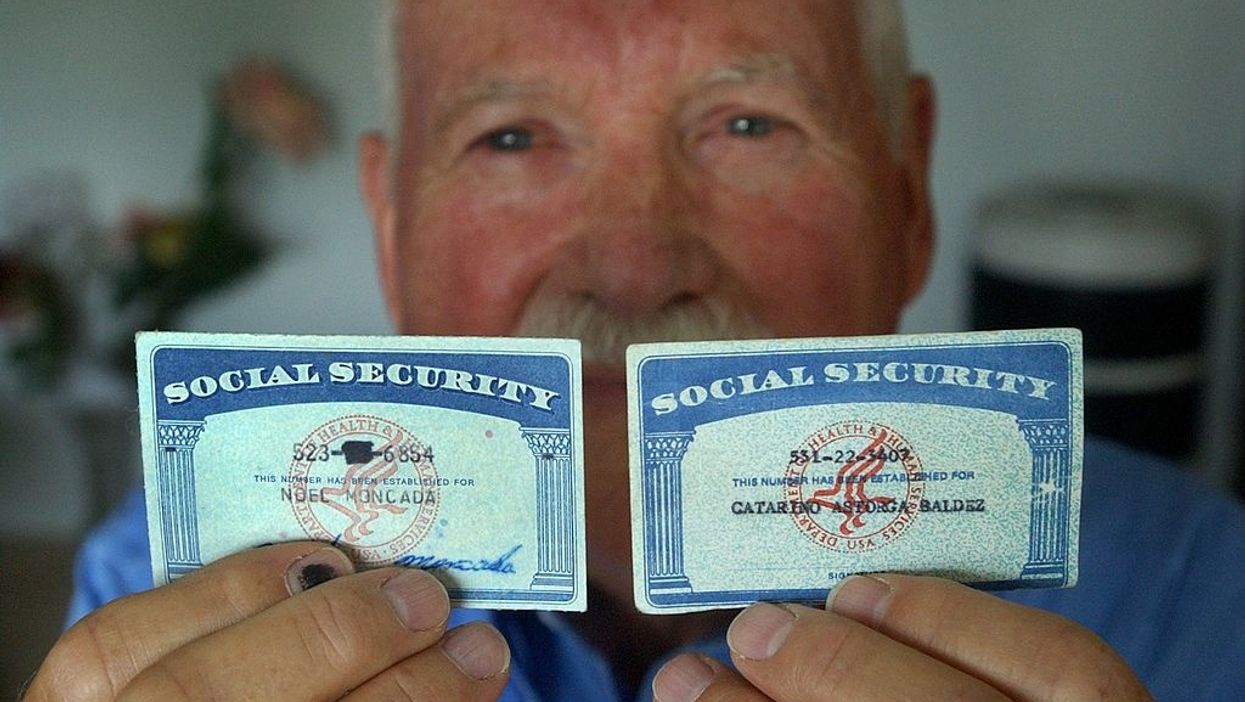
Photo By Kathryn Osler/The Denver Post via Getty Images

More bad economic news
A new study is estimating that the coronavirus pandemic may deplete Social Security trust funds by the end of this decade.
The Bipartisan Policy Center found that, if the current economic downturn were to continue, "the Disability Insurance (DI) trust fund's reserves may be depleted during the next presidential term, and the Old-Age and Survivors Insurance (OASI) trust fund's reserves may be depleted right around the time of the 2028 presidential election."
The report noted that since Social Security relies on the health of the economy, recessions significantly impact the well-being of the program.
Specifically, the program collects the bulk of its resources through payroll taxes and, as the report notes, "a laid-off worker doesn't pay payroll taxes." As such, at least 26 million Americans have lost their jobs since the start of the pandemic. Moreover, many of those who have kept their jobs have experienced a reduction in hours, which further depresses the payroll tax revenue.
Add this to the fact that a recession usually means more program payouts, as well. When workers lose their jobs, DI claims typically go up as do OASI claims from older workers forced to retire early.
After the Great Recession of 2008, Social Security trustees projected that the program's reserves were on course to be depleted by 2033, moving up from 2041 pre-recession estimates.
Now, the new study projects that the depletion date will move up again, this time to 2029, if another recession were to result from the pandemic.
"The closer those dates come, the more difficult it will be to find policy solutions that maintain the traditional financing structure of the program," the study concludes. "If policymakers fail to address Social Security's financial imbalance soon, they will have to pursue some combination of sharply increasing taxes, drastically cutting benefits, or financing promised benefits through general revenues."
The dirty little secret is that the Social Security reserves don't really exist. Well, not in the way most Americans think of them, anyway. The Social Security trust fund does not contain genuine assets, only government bonds, or IOUs.
The Office of Management and Budget under the Clinton administration previously acknowledged that the trust fund "balances" only exist in a "bookkeeping" sense: "They do not consist of real economic assets that can be drawn down in the future to fund benefits."
Read what the late Charles Krauthammer had to say on the matter in 2011:
When your FICA tax is taken out of your paycheck, it does not get squirreled away in some lockbox in West Virginia where it's kept until you and your contemporaries retire. Most goes out immediately to pay current retirees, and the rest (say, $100) goes to the U.S. Treasury — and is spent. On roads, bridges, national defense, public television, whatever — spent, gone.
In return for that $100, the Treasury sends the Social Security Administration a piece of paper that says: IOU $100. There are countless such pieces of paper in the lockbox. They are called "special issue" bonds.
Special they are: They are worthless.
Since the reserves don't exist in a concrete sense, but are loaned to the government by purchasing securities, the threat to the so-called "reserves" is greater as the economy worsens.
In its report, the Washington Examiner explains that the coming depletion "does not mean Social Security won't be around but that the system will exhaust its cash reserves and will only be able to pay out what it takes in year-to-year in taxes."